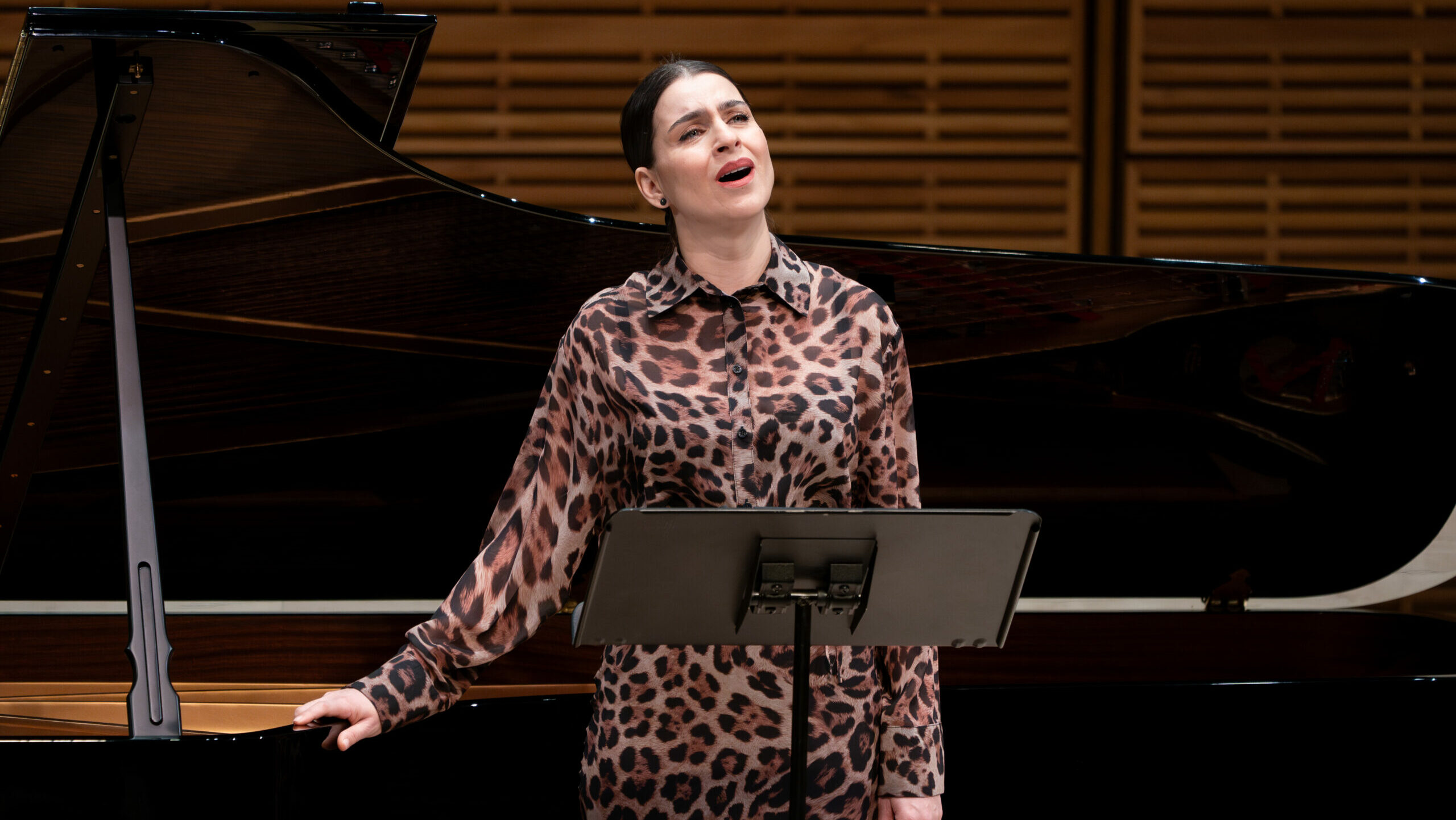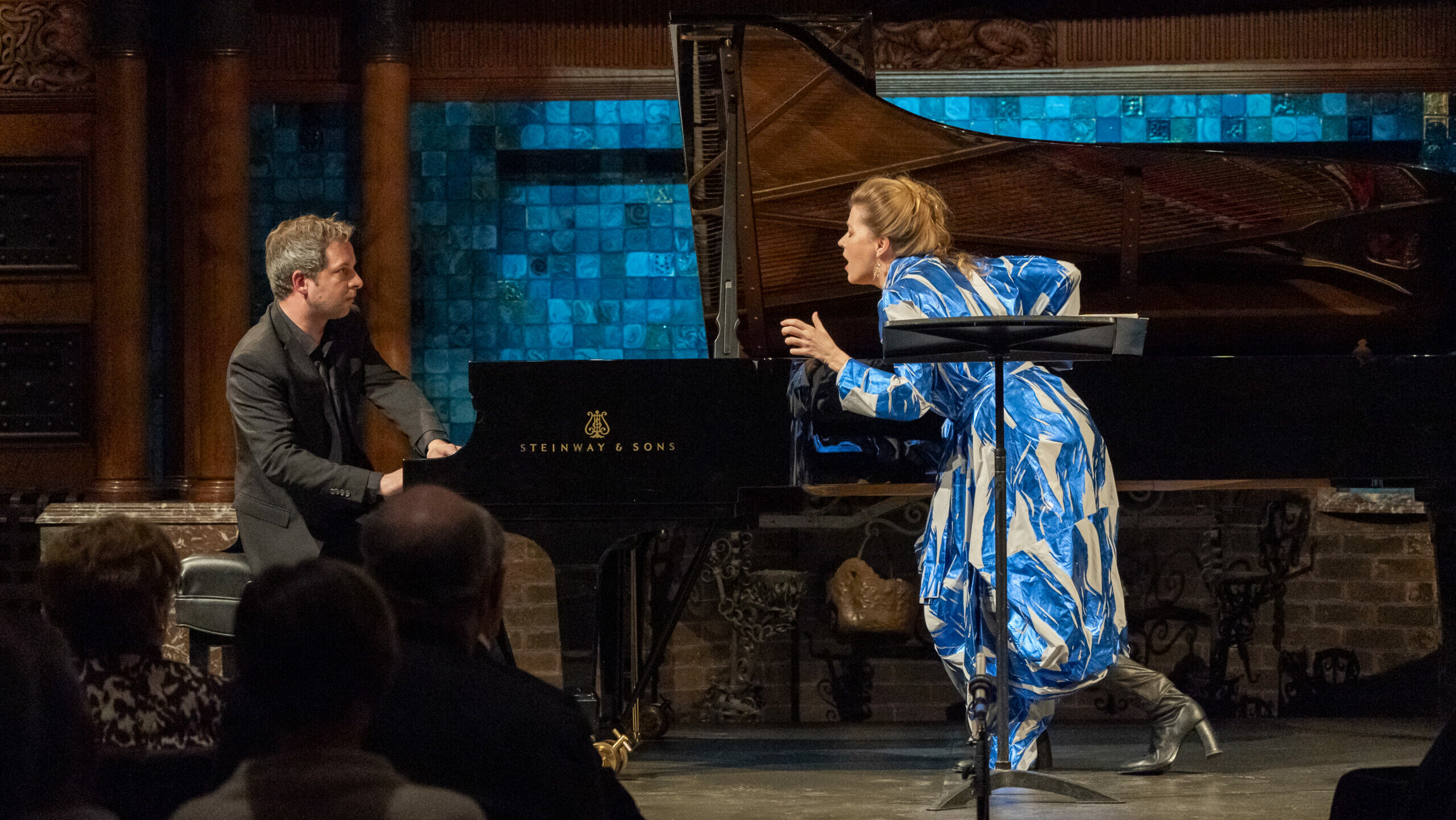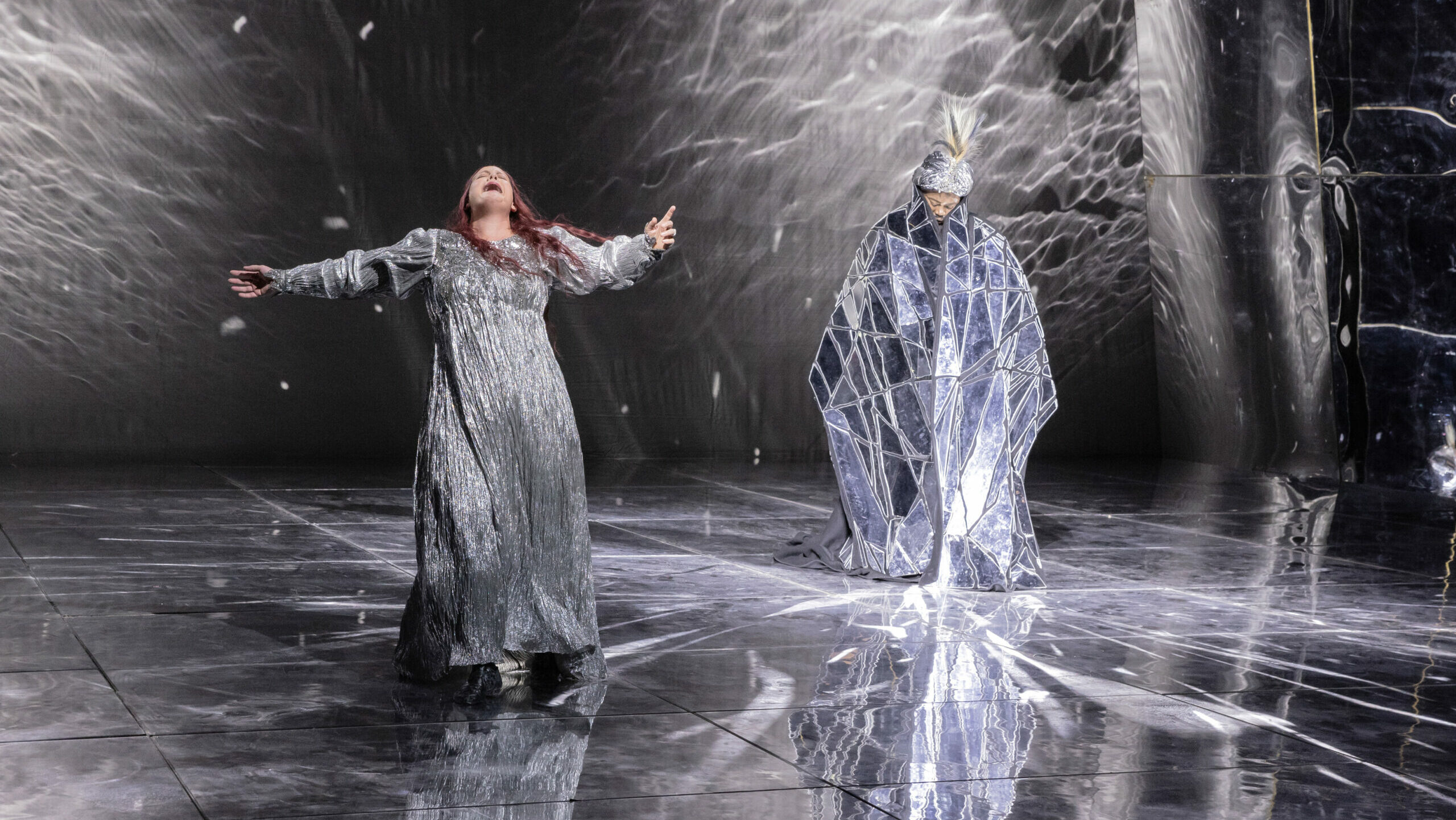
Renée Fleming revisited a signature role this past weekend with Gianandrea Noseda and the National Symphony Orchestra, in a reading of the final scene of Richard Strauss’s Capriccio. It has been roughly a decade since Fleming last performed the Countess on stage, and in the intervening years she has become a familiar face in the region, feeling out her town and country fantasy in McLean and devoting some extra attention to local bands, including the NSO, amidst a busy concertizing and recital schedule.
This concert capped a series of forays into Strauss during the first weeks of the NSO season, with the Four Last Songsand Ein Heldenleben featured on earlier programs. Here the evening opened with Capriccio’s introductory sextet, enlarged to involve the whole string section. Noseda, of course, spends much of his time in the opera pit and was able to deploy a keen sense of drama to enliven this version, abetted by the responsiveness and delicate sound of the NSO strings.
Cutting to the Moonlight music, Noseda delivered a hushed sense of mystery and anticipation before Fleming finally took the stage, in a lovely shade of iridescent deep blue. (A few errant claps didn’t quite snowball into entrance applause, perhaps too much to ask of the Thursday night DC crowd still brooding on the day’s final emails.)
The special qualities which made the Countess (along with the Marschallin and impoverished relation Arabella) a high point of Fleming’s career were very much on display here in 2024: that luxurious rounded tone, a bit distant and removed, a tasteful sobbing effect where emotion intrudes, elegantly thought out phrasing, and the idiosyncratic push and pull that make clear the music is unfolding on her terms. There’s just something expensive about that sound. In concert with Fleming’s quietly authoritative stage presence, the performance offered frequent reminders of the special affinity between this singer and Strauss’s aristocratic women.
Yet this performance also found those special qualities in tension with the limits of the current voice. Those limits are hardly total, and Fleming is skillful in her management of them, but there was still a sense of attrition over the course of the scene–generous vocal climaxes that were available but a tad threadbare in places, carefully placed high notes that came off successfully but contributed to a sense of caution, floating soft notes that curtailed just a bit too early. Ultimately that added up to a final scene that boasted beautiful moments but couldn’t quite deliver the consistent sense of security and cathartic impact necessary to fully bring off the effect one wants in this bleeding chunk of Strauss.
For the second half, the NSO offered Brahms’s Symphony No. 1. NSO run-ins with the composer’s symphonies are always a point of interest for me, since witnessing a thoroughly provincial rendition of the 3rd shortly after moving to DC circa 2008, back in the wilderness years before Eschenbach’s arrival. I am thus pleased to report that, a few quibbles aside, the state of our Brahms is strong.
A driving introduction to the Allegro emphasized the work’s shared lineage with the first piano concerto. Noseda handled the recurring angular rhythmic motifs in the strings with dry, ruthless clarity, bringing Brahms’s intricate structure to the fore, though the relentlessness grew a bit repetitive by the end. The tumbling, yearning themes of the Andante were finely felt across the strings and winds in a series of carefully calibrated climaxes, while Noseda lent a buzzy charm to the infectious dance rhythms of the third movement.
The disparate elements Brahms front loads into the finale are tricky to navigate, and the parts weren’t perfectly balanced here, the swirling morass that opens the Adagio section a tad rushed, the entrance of the Alphorn theme perhaps too perfunctory (nicely unfurled by NSO principal horn Abel Perreira) and the stately Beethoven-esque section a bit meandering. But the remainder was an unbroken stretch of thrilling full-blooded Brahms, Noseda leading the hard-charging band to the brink of exhaustion and back again in an emotionally triumphant coda.
Photos: Scott Suchman



























Comments